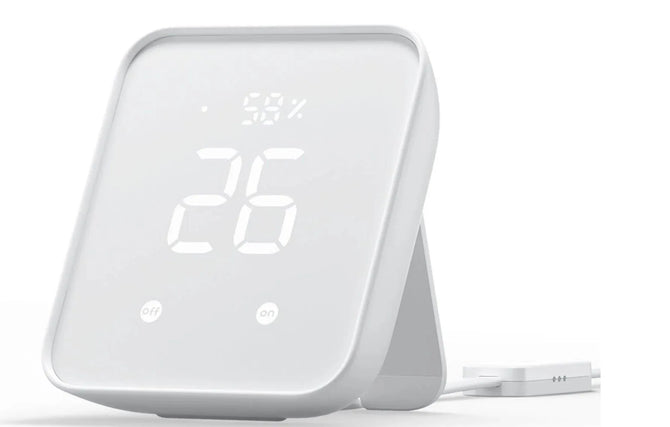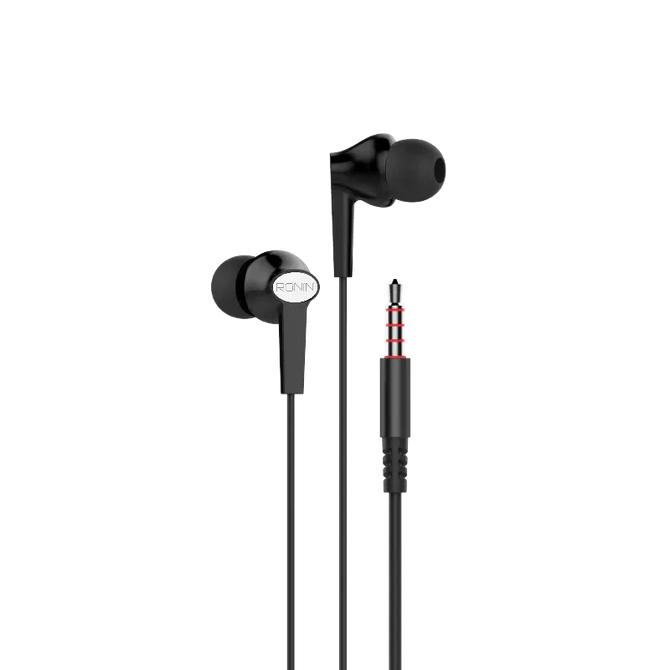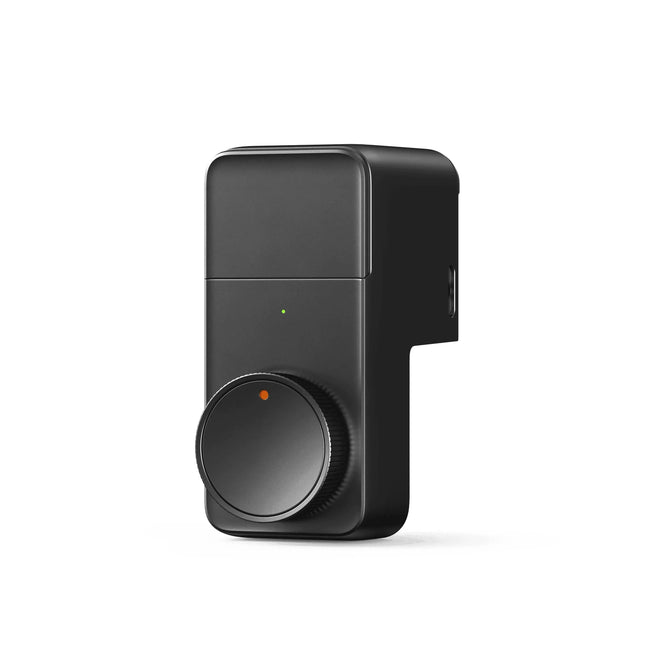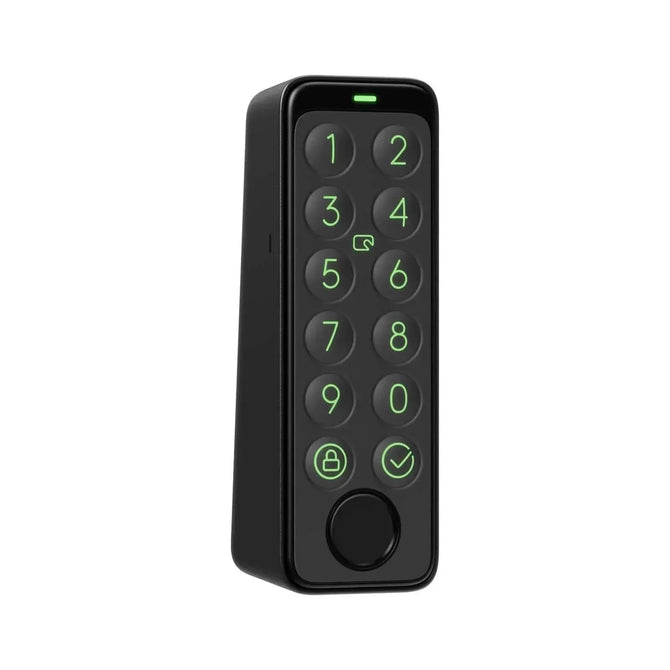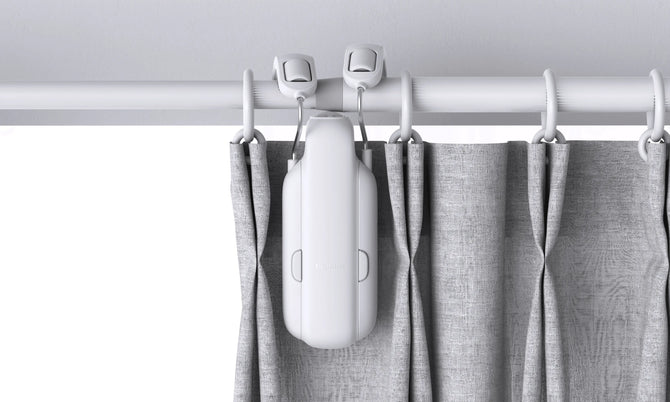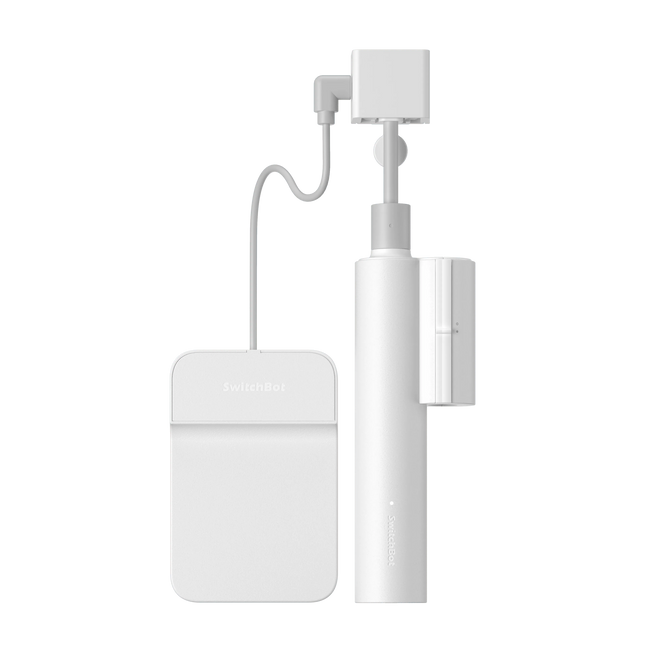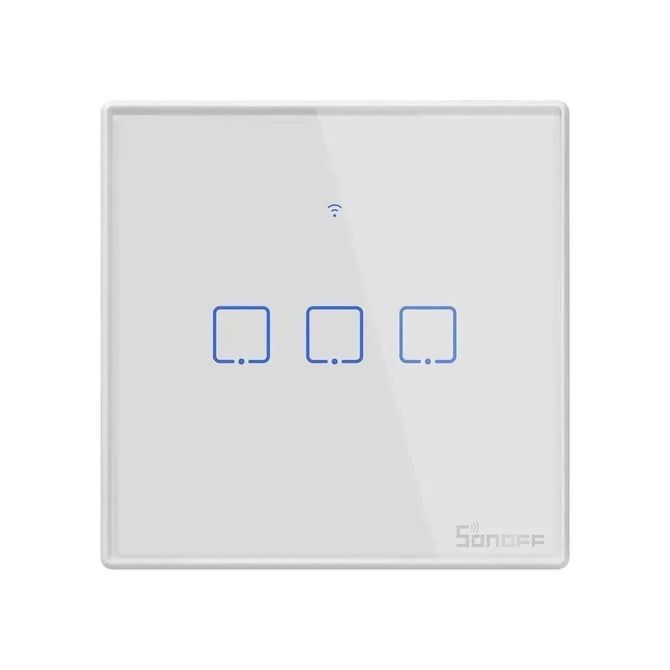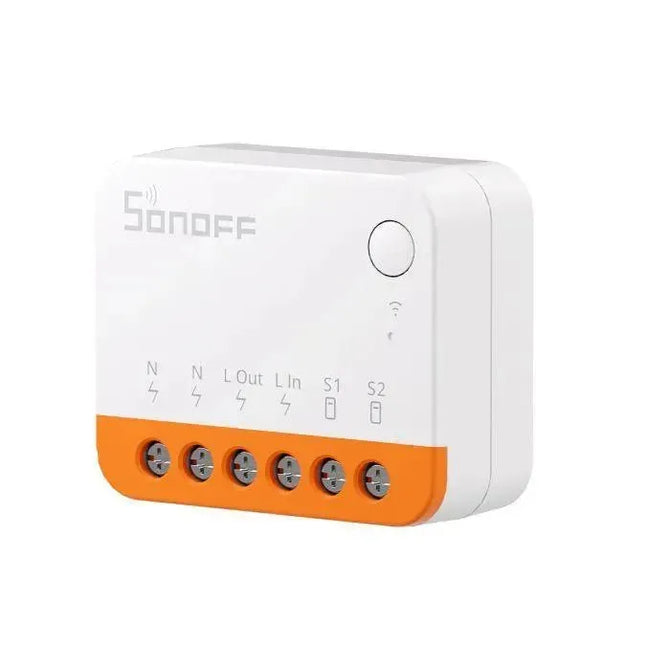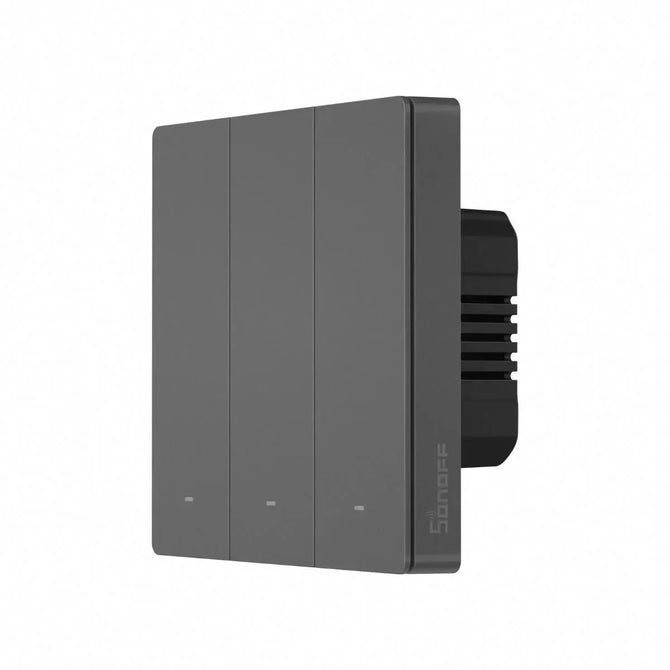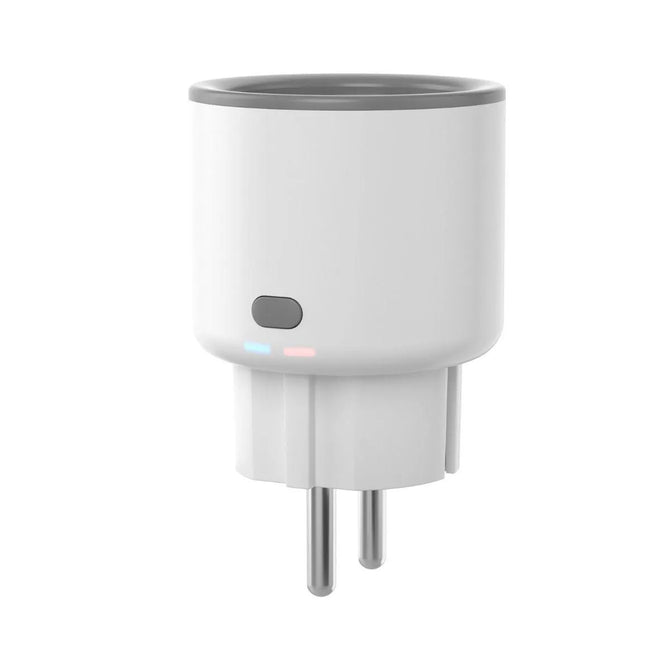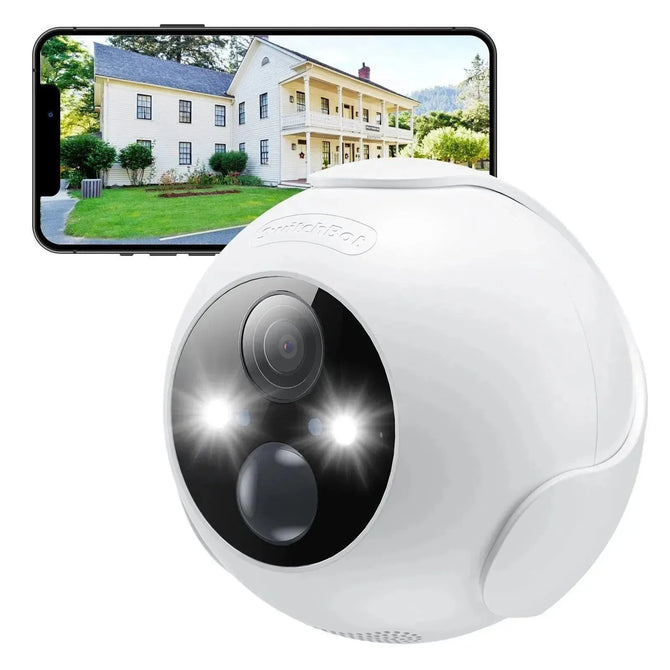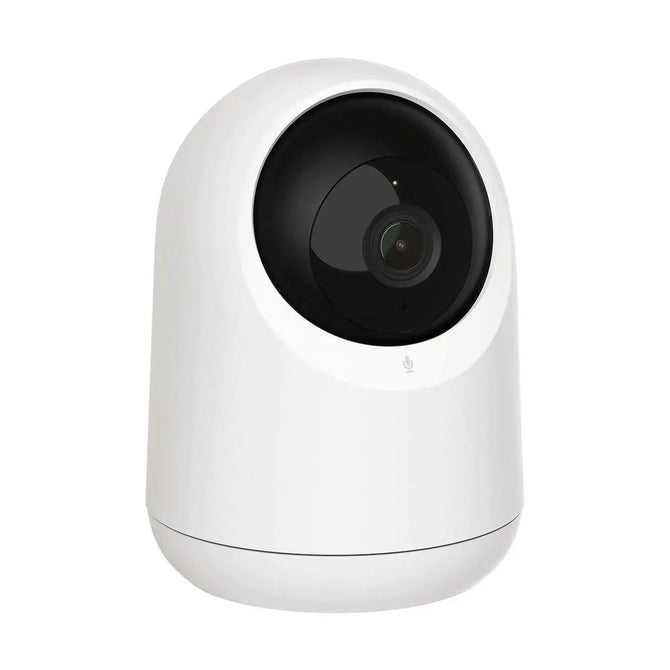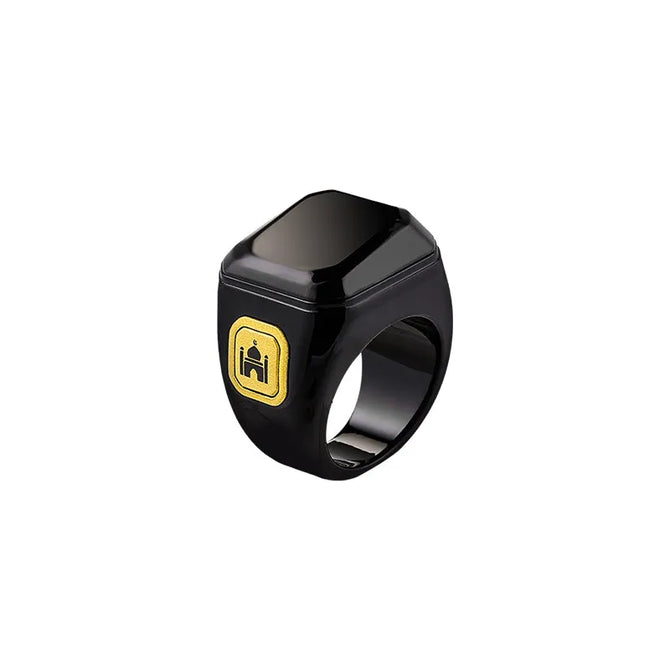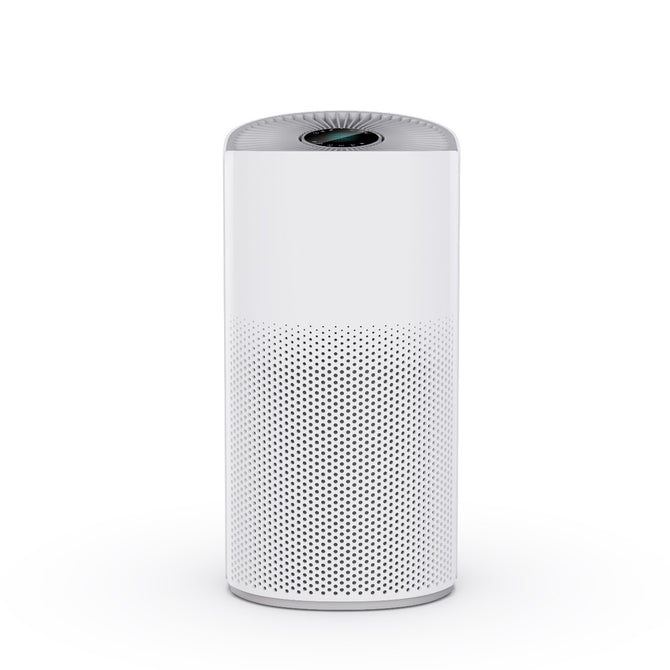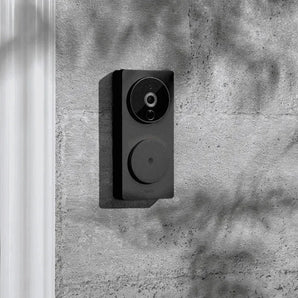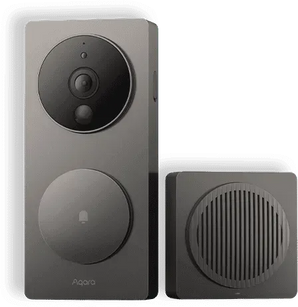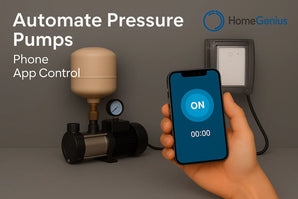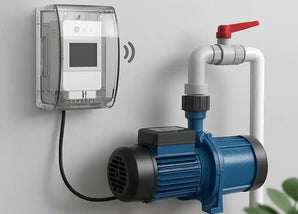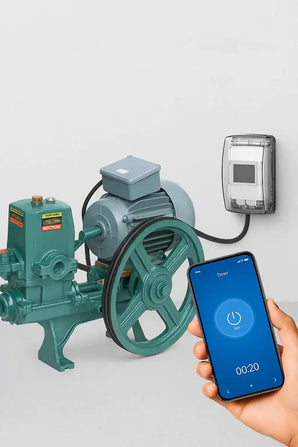Homeowners today have more options than ever when it comes to automating their window blinds. Smart blinds allow convenient control of shades via smartphone, voice, or schedules to manage lighting, privacy, and climate. But with different types available, how to choose? This article compares the main smart blind systems: fully motorized, app-controlled, and basic RF remote blinds. Key points:
- Motorized blinds offer full features but are pricey and tricky to install.
- App-controlled blinds provide automation and smartphone control at mid-range pricing.
- RF remotes are budget-friendly yet limited in capabilities.
- Key comparisons include convenience, automation, and price.
Motorized Blinds Offer Convenience and Integration
Motorized smart blinds offer the ultimate in blind automation and integration. Imagine coming home after a long day of work and saying, “Alexa, it’s movie time!” Your motorized blinds gently lower closed as the lights dim for the perfect cozy movie ambiance. Or waking up to your motorized blinds opening automatically to let in the morning sunlight.
These blinds use small electric motors to raise and lower with precision. This gives you flexible and convenient control:
Pros:
- Voice Control Integration: Motorized blinds typically work with smart home hubs and voice assistants like Alexa or Google Assistant. This means you can say, “Hey Google, close the bedroom blinds” for voice-activated simplicity.
- Automation: You can set schedules to automatically raise and lower the blinds at set times each day. Helpful for privacy, energy efficiency, and lighting control.
- Smartphone App Control: The app allows remote operation from your smartphone, like closing the blinds if you forget before leaving for vacation.
- Home Integration: They integrate with home automation systems for smart scenes like “dinnertime” to set the lighting mood.
Cons:
- Installation: Some motors may require wiring and electrical work during installation, making them more complex and costly to set up than other options.
- Price: Some motors and integration features make these blinds start around $200 per window, significantly more costly than manual options.
- Noise: Some users report the motors can be noisy and annoying in bedrooms or living spaces.
A new budget-friendly smart blind option comes from SwitchBot at just $69.99. These solar-powered blinds use an innovative mechanism to silently open and close blinds with ease. Installation takes only 3 quick steps without any wiring required.
SwitchBot Blind Tilt enables convenient remote control and automation based on set schedules or sunlight conditions. And the blinds operate extremely quietly compared to noisy motorized alternatives. For those seeking affordable smart blind functionality, SwitchBot delivers remote access, automation, super simple installation, and ultra-quiet operation, all for only $69.99.
The solar power and lack of complex wiring make SwitchBot Blind Tilt a hassle-free, budget-friendly choice versus pricier motorized systems.
App-Controlled Blinds Offer Affordable Smart Control
App-controlled blinds are a category of motorized smart blinds that connect via Bluetooth to a smartphone app for convenient remote operation. They offer many of the same automation features as fully motorized blinds but at a more budget-friendly price point.
Imagine waking up on a sunny Saturday morning and using your app to silently raise your bedroom blinds before you even get out of bed. Or remotely close all your home’s blinds at once from your app during summer to keep rooms cooler when you’re out of the house.
The app allows easy control of your blinds from anywhere:
Pros:
● Remote Control: Imagine realizing you left the blinds open while away on vacation. No worries, just whip out your phone and close it from the beach to keep your home private. The app allows you to control blinds from anywhere in the world!
● Automation: Set a schedule to have the blinds open every morning so you wake up to warm sunshine rather than an annoying alarm clock. Or have them close at sunset to automatically set the mood for movie night.
● Cost Savings: Why pay more for fancy features you don’t need? App-controlled blinds provide smart convenience at half the price of some competitors.
● Easy Install: Say goodbye to the headache of complex installs. These blinds only take minutes to set up and don’t require any wiring or electrical work!
Cons:
● Limited Range: You have to be less than 30 feet from the blinds for the app to work. But look on the bright side – it will force you to get off the couch now and then!
● Extra Equipment: Most require getting a hub or bridge to fully function, which may cost a bit extra. But that’s a small price for the convenience.
● Voice Control Struggles: Controlling the blinds with voice commands can be hit or miss. But is talking to your blinds really that important anyway?

Remote-Controlled Blinds Offer Budget-Friendly Simplicity
Remote-controlled blinds utilize handheld radio frequency (RF) remotes to operate blinds wirelessly. This is the most budget-friendly smart blind option.
Pros:
- Quick Install: Save yourself the headache and hire an electrician. The wireless design means you can set up these nifty remotes faster than hanging a picture on the wall.
- Simple Operation: Point, click, and your blinds open or close instantly! The remotes allow easy wireless control at the push of a button.
Cons:
- Limited Range: Some RF remotes have an in-home range of about 25 feet. Blinds must be within sight.
- No Automation: No advanced features like setting schedules, automation based on time/sunlight, etc. Just basic remote open/close control.
- No Smart Integration: Does not offer integration with voice assistants, home automation hubs, IFTTT, etc. Works as standalone system only.

Key Comparisons Between the Technologies
When evaluating smart blind systems, there are a few major factors to consider:
- Convenience and automation: For convenience and control, app-controlled blinds enable easy access and operation from your smartphone, even when away from home. RF remotes offer more limited in-home-only wireless control from a handheld device.
- Automation: If automation is a priority, many app-controlled blinds can be scheduled to raise and lower automatically at set times or in response to the sunrise/sunset. This allows effortless convenience. RF remote blinds require manual operation each time.
- Installation and Setup: Regarding installation, both app-controlled and RF remote blinds can be set up without professional help since neither requires wiring. RF remotes may have a slight edge in simplicity.
- Price and budget: In terms of pricing, app-controlled blinds range from $50-200 per window, generally 2-3 times the cost of RF remote units priced around $25-50 per blind. RF remotes provide budget-friendly basic functionality.
- Visual Appeal: RF remotes only need small external modules attached to the blinds, minimizing their footprint. App-controlled blinds may require more conspicuous hubs/bridges that could impact decor.
When evaluating smart blind options, integration and visual appeal are important factors beyond just functionality and price. SwitchBot Blind Tilt presents an elegant, smart blind option that combines simplicity with functionality.
Despite its small footprint, SwitchBot Blind Tilt packs features like app control from iOS/Android devices for remote access and automation, as well as compatibility with Alexa, Google Assistant, and Siri for voice control convenience.
With its fuss-free installation, unobtrusive design, and a blend of app-based plus voice-assistant features, SwitchBot Blind Tilt offers an appealing hands-free automation solution.

Finding the Right Balance in Smart Blinds
As you weigh your options for smart window blinds, consider a solution that blends simplicity, style, and functionality. SwitchBot Blind Tilt installs swiftly and brings voice and app-based controls to upgrade any room with automation, minus the headache of wiring or noisy motors.
For those seeking a balance of remote access, scheduling, and integration in an elegant package, SwitchBot hits that sweet spot. Its understated design enables discreet smart blind capabilities. And with swift DIY installation, intuitive controls, and integration with voice assistants, SwitchBot Blind Tilt delivers hands-free convenience at just the right price point. When comparing choices for your home, you may find SwitchBot Blind Tilt offers an all-around smart blind solution worth exploring.

Q&A
Q1: Are smart blinds expensive?
Smart blinds can range in price, but budget-friendly options like the SwitchBot Blind Tilt start at just $69.99, making automation affordable.
Q2: Are motorized blinds a good idea?
Yes, motorized blinds are a convenient way to control your blinds automatically based on schedules or voice commands. They enable hands-free automation.
Q3: Do motorized blinds use a lot of electricity?
Not necessarily, some smart blinds like the SwitchBot Blind Tilt are solar-powered, so they don’t use household electricity. This makes them an energy-efficient option.
Q4: What is the difference between electric and motorized blinds?
“Electric blinds” are typically connected to a home’s electrical system, whereas “motorized blinds” refer more broadly to any blinds automated by a motor, which could be powered through electricity, batteries, or solar energy. The control mechanisms may vary accordingly.
Q5: Are motorized blinds noisy?
Some can be, but quiet motors like those in the SwitchBot Blind Tilt operate silently, so noise is not an issue.
Q6: Can regular blinds be motorized?
Yes, products like the SwitchBot Blind Tilt easily attach to your existing blinds to make them motorized. No need to purchase new blinds.
Q7: Do motorized blinds need an outlet?
Some require wiring and an outlet, but the SwitchBot Blind Tilt is wireless and solar-powered, so no electrical work is required.
Q8: Which motorized blinds are best?
With its whisper-quiet motors, swift installation without tools or wiring, intuitive app and voice controls, and convenient solar charging, the SwitchBot Blind Tilt stands out as an optimal smart blind solution for hassle-free automation and hands-free convenience.
Q9: What’s required for motorized blinds?
With easy retrofit options like the SwitchBot Blind Tilt, no wiring, tools, or pro installation is needed – just attach the device in minutes and enjoy automated blinds!

